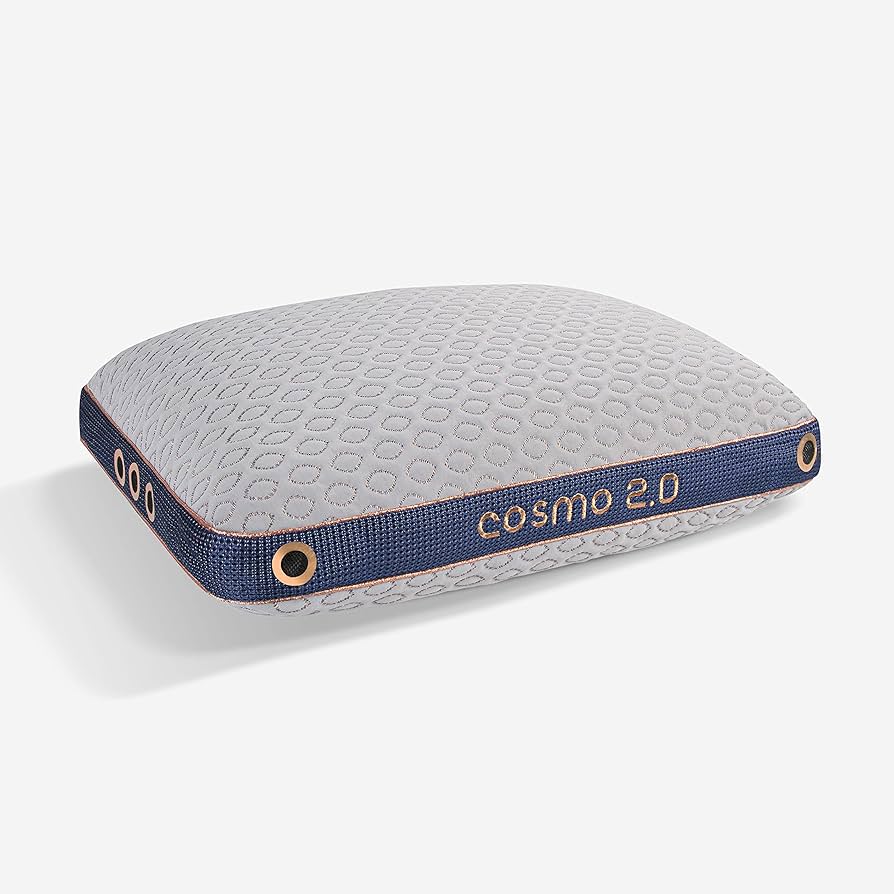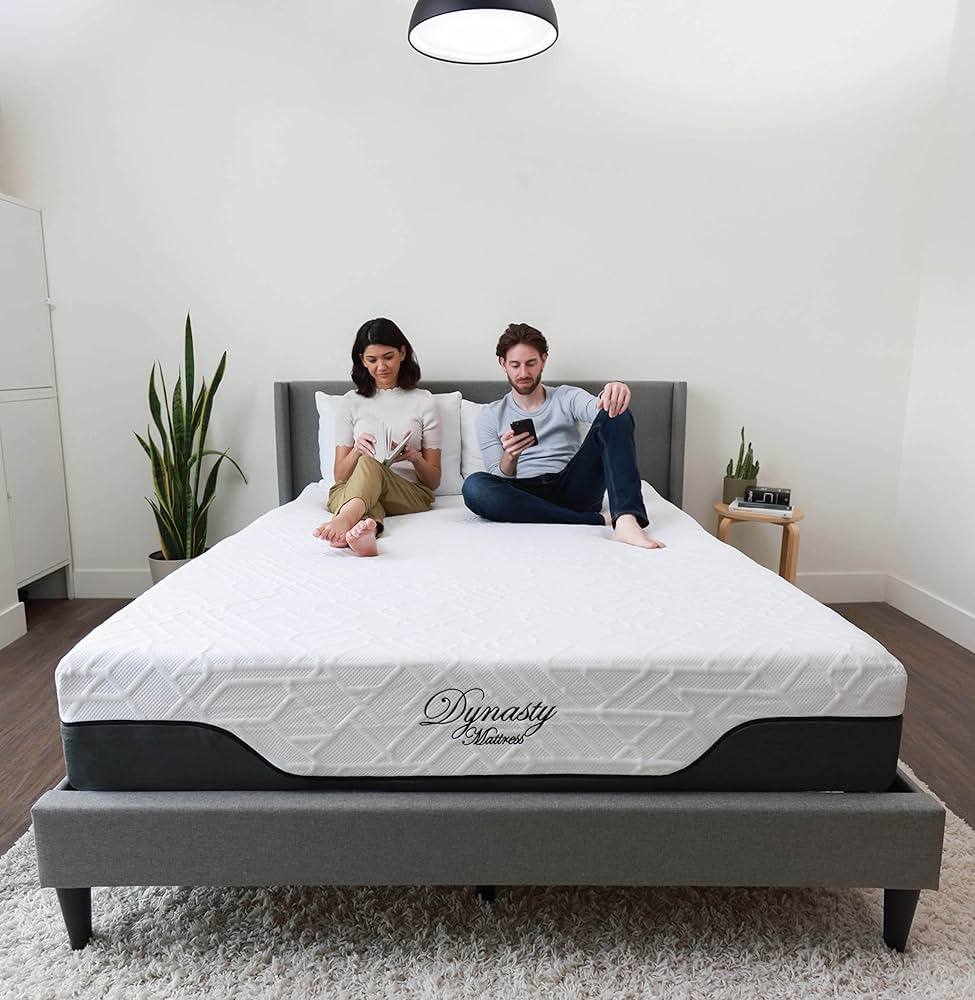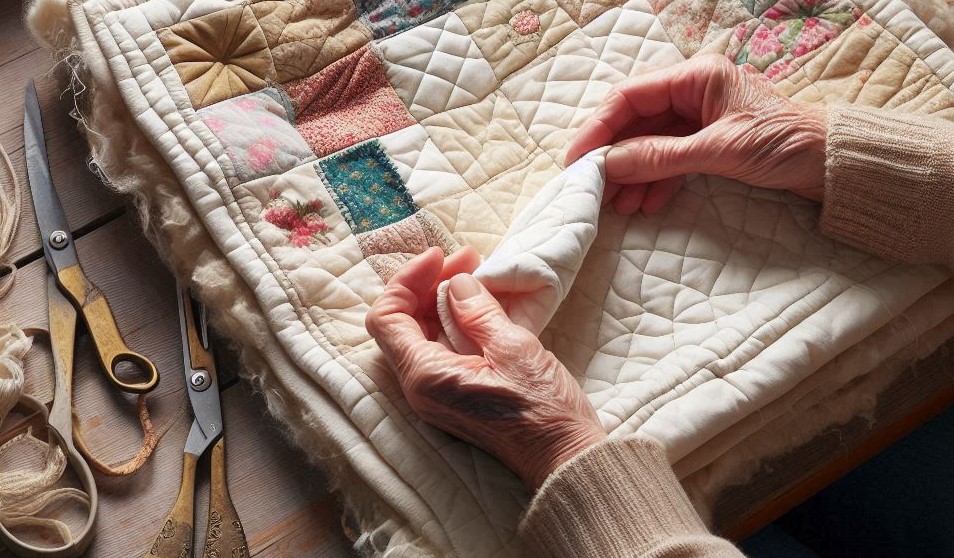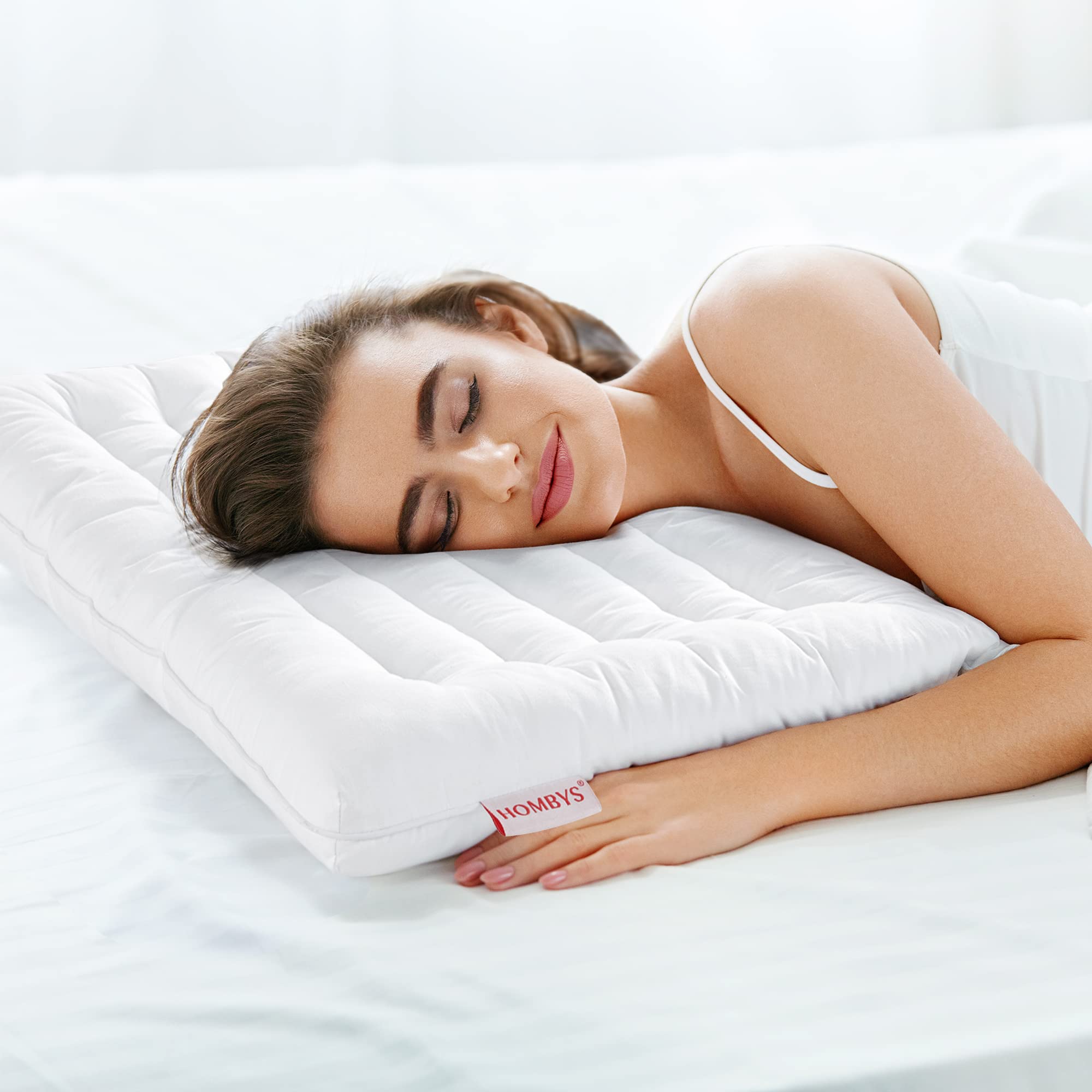Can You Machine Wash Bedgear Pillows? Discover the Time-Saving Solution!

Can you machine wash bedgear pillows? Yes, Bedgear pillows can be machine washed. Bedgear pillows are designed to be machine ...
Read moreCan You Overdose on OTC Sleep Aids? Understanding the Risks and Safety Tips

Can you overdose on otc sleep aids? Yes, it is possible to overdose on over-the-counter sleep aids. The misuse or ...
Read moreCan You Take Sleep Aids with Antidepressants? Safe Ways to Improve Your Sleep

Can you take sleep aids with antidepressants? Yes, it is generally safe to take sleep aids with antidepressants, but it ...
Read moreCan You Put a Tempurpedic Mattress on a Box Spring? Unlock the Ultimate Comfort!

Can you put a tempurpedic mattress on a box spring? Yes, you can put a Tempurpedic mattress on a box ...
Read moreAre Flat Pillows Better for Your Neck? Discover the Power of Perfect Support!

Are flat pillows better for your neck? Yes, flat pillows are better for your neck as they provide proper alignment ...
Read moreCan I Use an Old Blanket As Quilt Batting? Discover the Surprising Benefits!

Can I use an old blanket as quilt batting? Yes, you can use an old blanket as quilt batting, but ...
Read moreCan You Dry Clean Bed Sheets? Discover the Expert Way!

Can you dry clean bed sheets? Yes, you can dry clean bed sheets to maintain their cleanliness and freshness. Dry ...
Read moreHow to Get More Deep Sleep Supplements: Best Supplements for Better Rest

How to get more deep sleep supplements? To get more deep sleep supplements, try incorporating natural remedies like melatonin or ...
Read moreCan Iron Supplements Help You Sleep Better: The Power of Iron for Restful Nights

Can iron supplements help you sleep? actually sleep quality due to their role in the production of neurotransmitters and the regulation ...
Read more